Key Reminders for Planting Alfalfa
BY Dairyland Seed
Plant Quality Seed: Plant the best alfalfa you can afford with great yields and disease package. Hint, contact your local Dairyland Seed dealer, District Sales Manager or Agronomist to help with this.
Soil pH: Alfalfa is described as the “Queen of Forages/Legumes”. Remember, most legumes prefer a soil pH of 6.8-7.0, and in most instances if you need to add lime or other soil amendments to correct this, it works best to do so a year in advance.
Soil Fertility: Alfalfa produces best with higher fertility levels.
- Phosphorous (P) soil test levels should be 15 ppm or higher, 20 or more helps in higher yielding environments.
- Potassium (K) soil tests levels should be 200 ppm or more, 170 is a minimum.
- Sulfur (S) and Boron (B), due to their mobile nature, will more than likely need to be applied every year and should be correlated with a tissue sample/soil test and yield goals for proper rates.
- Nitrogen (N) lighter soils may need 10-20 units of Nitrogen in the seedling year, prior to the alfalfa plants nodulation kicking in to supply the plants’ needs.
Seeding Depth: Alfalfa seeds need to be planted 1/4 to 1/2-inch deep with the sweet spot of 3/8 of an inch. Alfalfa needs good to excellent seed-to-soil contact for stand establishment. Rule of thumb is that your footprint should not be more than 1/4 of an inch deep when stepping in worked soil. A Brillion packer does a great job of firming up the soil and in many instances, this is utilized prior to, and or, after seeding.
Soil Temperature: Alfalfa can start to germinate with soil temperatures of 40°F or more. However, much like other crops things go better when the soil is slightly warmer.
Seeding Rate: 15-22 pounds for direct seeding and 12-18 pounds with a companion crop.
Check herbicide history for carryover: Prior to seeding, check your herbicide use history for the last two growing seasons on the intended field to be planted. Certain herbicide residue can reduce plants stands or kill alfalfa seedlings.
Weed Control: A thick healthy stand and canopy help control weeds, this coupled with either pre and or post emerge herbicides can help produce a cleaner weed free stand, that produces a higher Relative Feed Value (RFV). Remember weeds are taking water and nutrients away from alfalfa plants and decreasing the stand longevity. Controlling weeds early helps create a better Return on Investment (ROI).
Delay First Cutting: By delaying the first cutting on a new seeding until the alfalfa plant has been able to hit full flower or shortly thereafter, you are allowing the alfalfa plant the opportunity to establish its tap root system and also start storing carbohydrates within the plant. By waiting to cut, you improve the potential for increased stand longevity.
Insects and Disease: Insects like Potato Leafhopper and Alfalfa Weevil can have a horrific impact on alfalfa seedlings. Monitoring these insect levels and utilizing proper Integrated Pest Management (IPM) to control these pests will increase seedling health, crop quality as well as having an impact on stand longevity. Diseases such as Common Leaf Spot, Spring Black Stem and Leaf Spot as well as a host of others diseases can have detrimental effects on an alfalfa stand, especially seedlings. Due to the fact that your cutting timing is extended on a new seeding, these diseases have a longer timeframe to affect plants and an application of a quality fungicide is strongly suggested to help control the disease(s) and offer better plant health to the alfalfa plant. In other field crops, root systems have shown a slight increase in size after an application of a quality fungicide. If this follows suite in alfalfa it may also help with creating a more vibrant and healthier tap root.
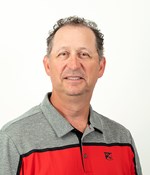 |
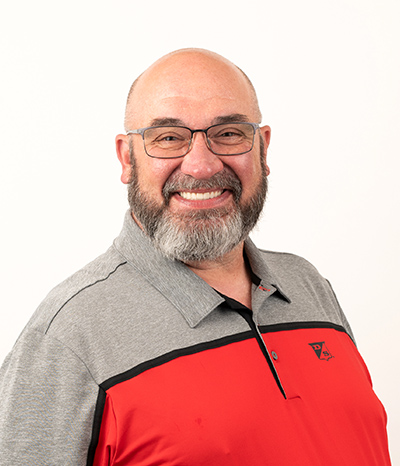 |
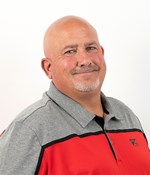 |
| Brian Weller Western Region 507.456.3034 |
Rod Moran Central Region 217.972.9839 |
Dan Ritter Central Region 219.863.0583 |
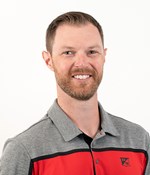 |
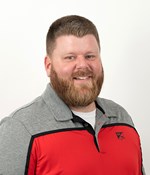 |
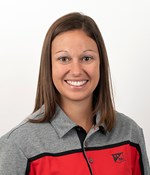 |
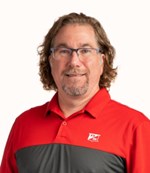 |
| Branden Furseth Northern Region 608.513.4265 |
Mark Gibson Eastern Region 260.330.8968 |
Amanda Goffnett Eastern Region 989.400.3793 |
Ryan Mueller Product Portfolio and Agronomy Leader 608.295.0912 |
